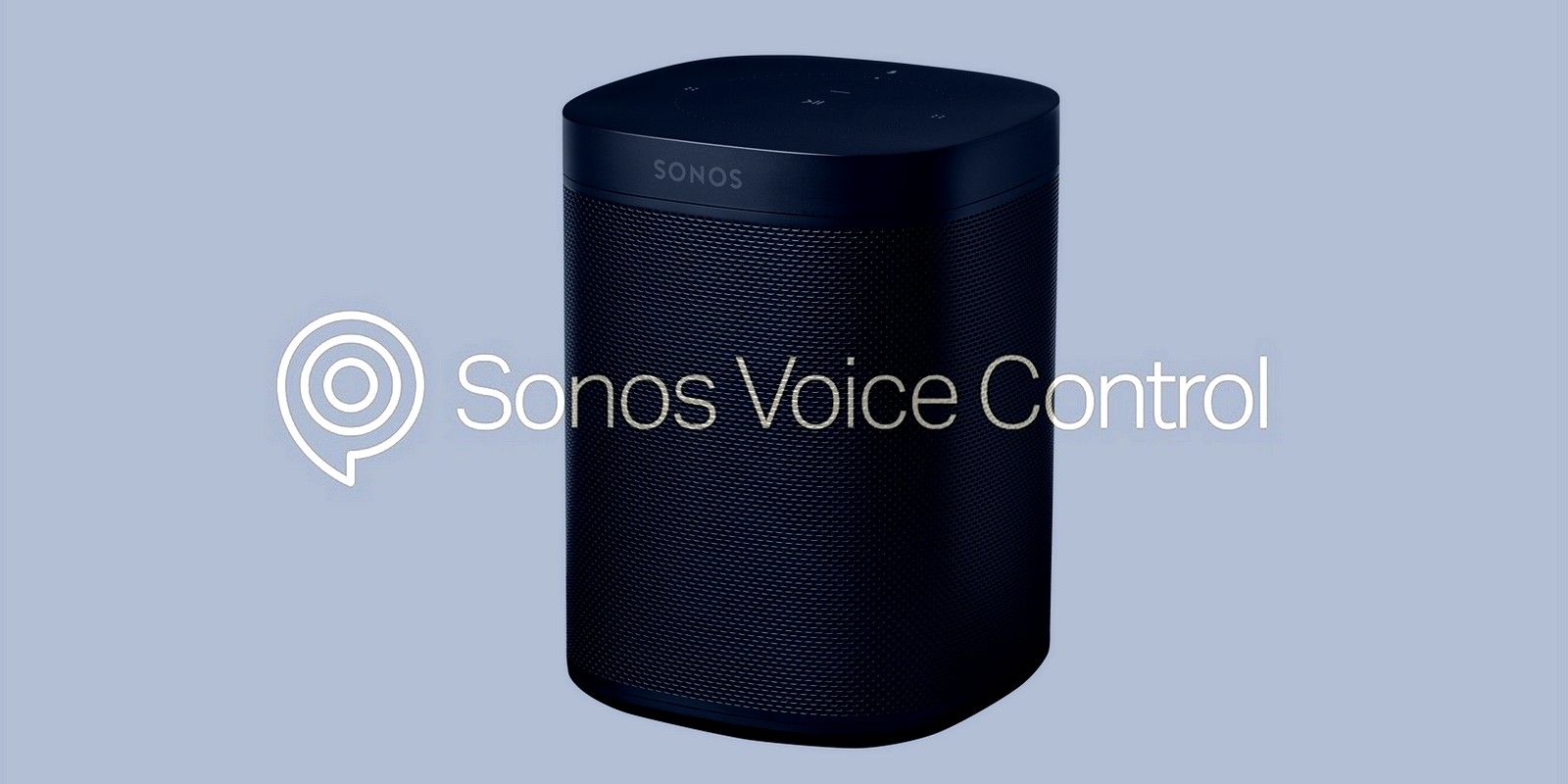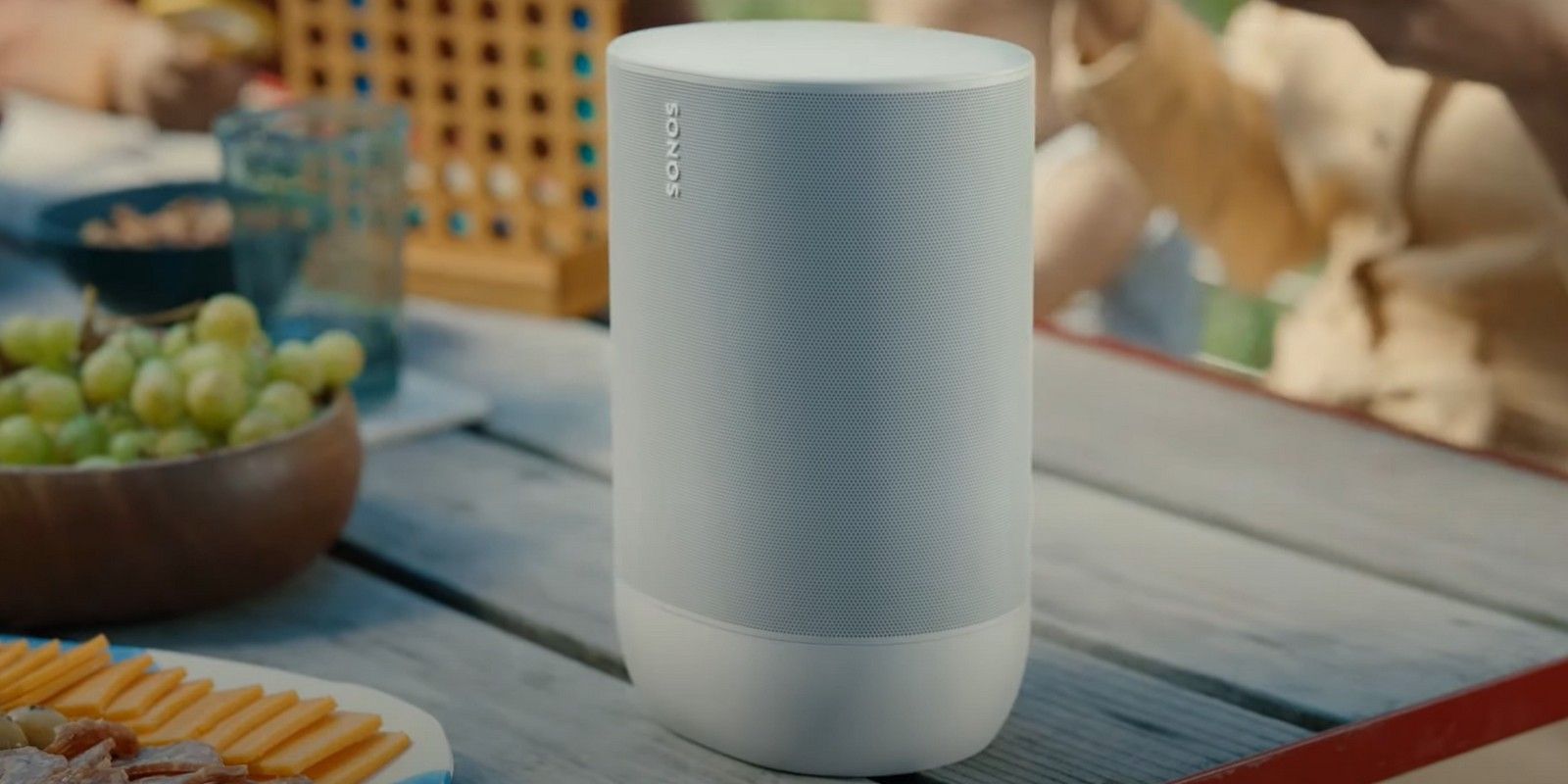Sonos has finally launched its own digital voice assistant called Sonos Voice Control which will live alongside Alexa and is coming to its smart speakers in June. Rumors of an in-house digital assistant destined for Sonos’ audio gear have been floating around for a while now. And a few months ago, the companion app’s code provided the first glimpse at Sonos’ new product.
While the iconography didn’t reveal much about the premise of Sonos’ voice assistant, the accompanying UI elements made it clear that it would work just fine alongside Alexa, but that courtesy wouldn't be extended to Google Assistant. Further reports claimed that Sonos was not planning to one-up established names in the game, but just wanted to create a product that was good at handling basic music experiences.
Well, the wait is finally over. Sonos Voice Control is coming to compatible Sonos gear on June 1 via a software update in the U.S. and will expand its footprint to France later this year. The assistant uses the voice of actor Giancarlo Esposito, best known for his role in Breaking Bad. A “Hey Sonos” command will summon it, but follow-up questions won’t require the hotword, thanks to its conversational capabilities that take a leaf out of Google Assistant’s playbook. But there are a couple of core differences here. “No audio or transcript is sent to the cloud, stored, listened to or read by anyone” says the press release. Plus, all voice queries are handled via on-device processing, which means the response time is much quicker. Sonos Voice Control will be available on all voice-activated Sonos speakers, while Music streaming duties are handled by Amazon Music, Apple Music, Deezer, Pandora, and Sonos Music. A key omission is Spotify, at least in the press release, but Sonos has promised support for more services will be added soon.
Giving Google Assistant The Cold Shoulder
The best part about Sonos’ AI assistant is that it works in tandem with Alexa. It can’t manage advanced queries such as asking for weather updates or checking one’s Amazon wishlist, but it can depute them to Alexa, while requests for handling music playback are handled via Sonos Voice Control. The latter happens fast, without any cloud re-routing involved, thanks to on-device processing. And that’s a victory in itself.
Digital assistants, despite getting smarter by leaps and bounds every passing year, often give users a hard time with the most basic of tasks. Handling music playback happens to be one of them. The one-two combo of Sonos' responsive music playback controls and handling of advanced queries by Alexa — which is just an “Alexa” command away — makes this combination a potent substitute for Google Assistant.
Sonos and Google aren’t exactly on the best terms, and the former won a long-drawn legal battle over patent rights a few months ago. But more than the misuse of proprietary smart home technology with paying due credit (read: royalty money), the two companies have a bitter history over virtual assistant tech. Sonos developed technology called Concurrency that would allow multiple AI assistants such as Alexa and Google Assistant to remain active simultaneously. However, Google reportedly didn’t like the idea of Google Assistant sharing the stage with another AI assistant on the same device. More than just rejecting the idea, the company reportedly asked Sonos to stop showcasing the technology to other clients. It appears that Sonos was not willing to give up on its Concurrency dreams and finally realized them in 2022 with the debut of Sonos Voice Control.
Source: Sonos


